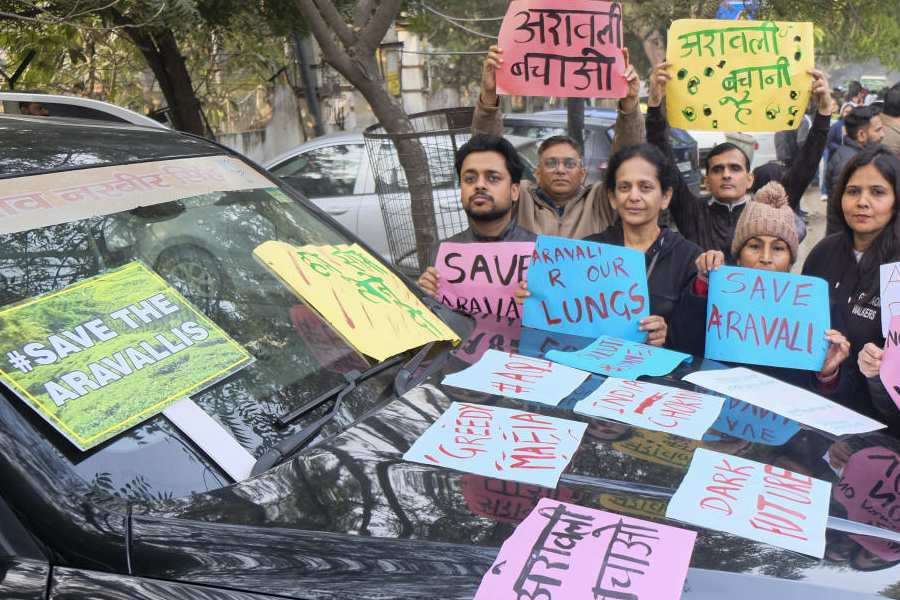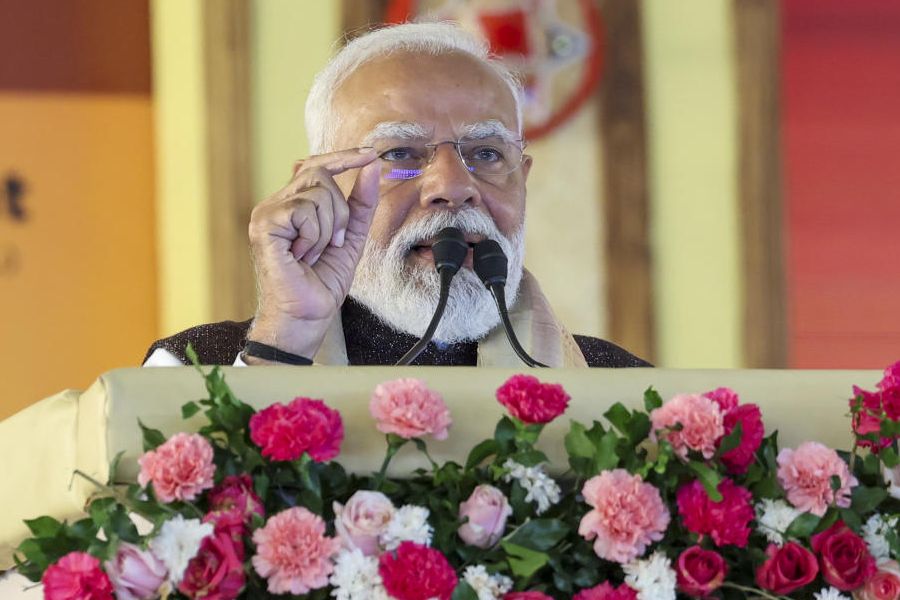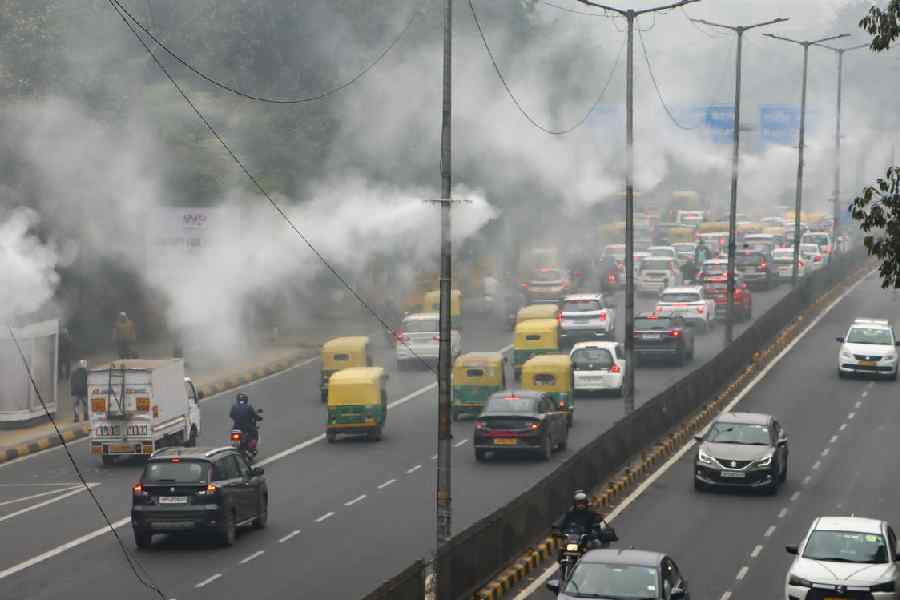 |
| Bahor sungat dia bahgaj aru kukkura (chicken cooked in bamboo stems with bamboo shoots) |
We reached Kaziranga late in the afternoon, after a long drive from Jorhat airport. The sandwiches that I had eaten on the way did little to suppress the pangs of hunger that were doing a mean dance in my stomach. So once we reached our hotel — IORA, The Retreat — I lost no time in making my way to its restaurant.
A hearty meal later, I made some enquiries about the chef. My subsequent meetings with executive chef Faruk Ahmed were most illuminating. The chef loves to experiment — but focuses on using the much loved ingredients of the Northeast to pep up the menu.
 |
| Vodka chilli |
Assamese food, as I have said before, is among the best regional cuisines I have ever eaten. And the reason for that is the magic of local ingredients — from fresh green leaves such as kolmou (a kind of water spinach) to items that are not used in most other parts of India, such as khorisa, or fermented bamboo shoots.
The chef, whose initial years of training were with the Oberoi group, has been at IORA for over three years. For quite a while now, he has been using ingredients that he sees all around him — tea leaves, for instance — to create new tastes. His focus, he tells me, is on the seven sisters of the Northeast, with special emphasis on Assam.
“Assamese food is healthy and low in spices and fat. What I like to do is add a little twist to traditional recipes,” says the chef who grew up in Calcutta. For instance, he takes the banana flower, which lends itself to delicious vegetarian dishes in the east, and cooks it with chicken in kol dil aru kukkura. Or he flavours his food — including fish — with local garlic which is not just large but almost 10 times more pungent than the one we get in other parts of the country.
 |
| Chef Faruk Ahmed |
Local food, as he points out, is not over-spiced — but it can certainly be hot. The fire-raising local chilli — bhoot jalokia or Naga chilli — goes into chutneys and pickles. Chef Faruk pickles the chilli by wiping a fresh bunch with a damp cloth and then putting them in a clean, sterilised glass jar. He puts some local garlic in the jar, tops it with mustard oil, tosses it well and seals it. Then he keeps it in the sun for a week or so. The chef creates an interesting vodka chilli, too, by infusing bhoot jalokia with vodka.
Bhoot jalokia, as we know, was rated the hottest chilli in the world on the Scoville scale — which measures the hotness of peppers. The British, however, have now developed something called the Infinity chilli, which is said to be hotter than the bhoot jalokia.
The hotness of the chilli adds to the taste of his holdi patot pura mach, which is a steamed fish dish with local garlic cooked in turmeric leaves. The pungency of the garlic, the sharpness of the turmeric and the hotness of the chilli together give the fish its distinctive taste. He presents this with sticky rice — sunga bhaat. The local black rice, or kola bora saul, the chef stresses, has more antioxidants than the blueberry.
Clearly, the chef likes to cook with indigenous ingredients. He has his own kitchen garden at the IORA — which, incidentally, is a sprawling resort with the most striking of flowering trees — where he grows many of the vegetables and herbs that he uses in his cooking. He tells me that there are 30 to 35 kinds of mushrooms growing around Kaziranga. Bamboo shoots figure often in his dishes — the bahor sungat dia bahgaj aru kukkura, for instance, is chicken cooked in bamboo stem with bamboo shoots.
Tea is another local plant that he flavours his food with. His tiramisu has the aroma of tea, as does the tea glazed grilled chicken with jasmine rice. “It’s interesting to mix flavours,” he maintains.
The chef — who studied art in Santiniketan before he went in for hotel management — says that if he weren’t a chef, he’d be an artist. I would say he’s merged both passions — he is a chef who is an artist.
Kol dil aru kukkura (serves 6) (Banana flower with chicken)
 |
Ingredients:
• 1 cleaned chicken • 15g ginger garlic paste • 5g turmeric powder • 10g whole cumin and black pepper paste • 3 banana flowers • 5g garam masala • 2 bay leaves • 50ml mustard oil • 10g freshly grated onion
Method:
Clean the banana flowers. Take out the brown outer leaves and remove the florets. Remove the stamen from each flower. Chop the flowers and soak in salted water for an hour with a few drops of lemon juice to retain the colour. Squeeze the water out and keep the flowers aside. Take a heavy bottom pan. Add oil, and then sauté onion paste and bay leaves for two minutes. Add ginger garlic paste, turmeric powder and salt and sauté for another 2 minutes. Add chicken pieces and then the cumin and pepper paste. Fry for five minutes. Now add the chopped banana flowers. Cook for another 10 minutes until the meat is tender. Add garam masala powder and garnish with slit green chillies and chopped coriander leaves. Serve hot with sticky rice.
Holdi patot pura mach (serves 6)(Fish wrapped and roasted in turmeric leaves)
 |
Ingredients:
• 1 whole fish (hilsa or any local fish) • 30ml mustard oil • 10ml melted butter • 10ml lemon juice • 30g onion paste • 10g garlic paste • 2 chopped green chillies • 4ml chilli liquor (bhoot jaloka-infused oil) ½ tbs turmeric powder • 4 fresh turmeric leaves • salt to taste lcoriander leaves for garnishing
Method:
Clean the fish and rub with salt, lemon juice and turmeric powder. Refrigerate for 30 minutes. Marinate the fish with the rest of the ingredients. Wrap it with turmeric leaves and roast on charcoal fire. You could also cook it on your gas grill or barbeque in a tandoor. Roast for five minutes, take it off the fire for five minutes, and then roast the other side for five minutes. Serve with local preserves such as bhoot jalokia pickle.











